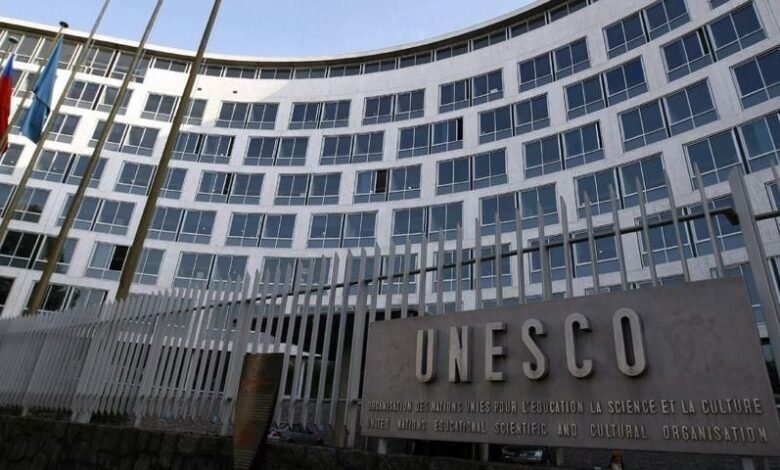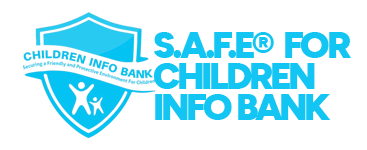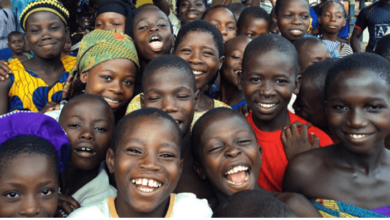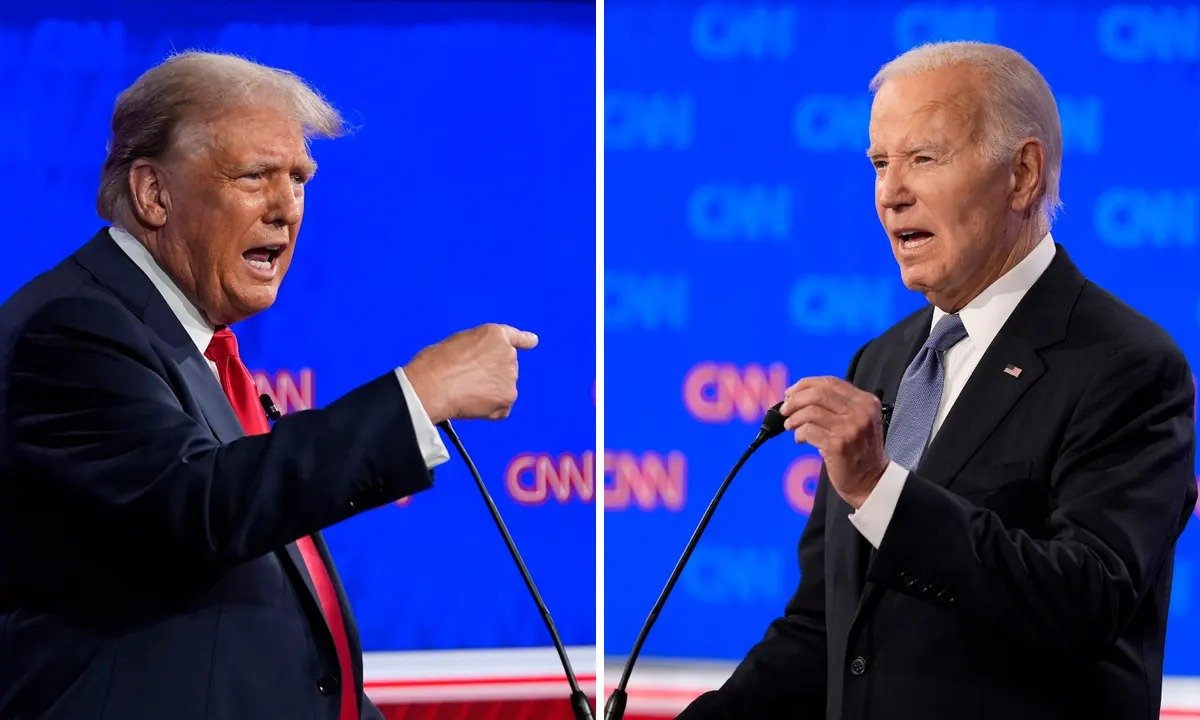How the US Withdrawal from UNESCO May Impact the World’s Children

The United Nations Educational, Scientific and Cultural Organization (UNESCO), founded in 1945, is a specialized agency of the United Nations dedicated to promoting world peace and security through international cooperation in education, arts, sciences, and culture. With 194 member states, UNESCO’s mission is deeply intertwined with advancing human rights and sustainable development, often directly benefiting the world’s most vulnerable populations, including children. However, a recent announcement by the United States to withdraw from UNESCO by the end of 2026 brings into focus the potential implications for the organization’s critical work, particularly as it relates to children.
A History of Intermittent Engagement: The US and UNESCO
The United States has had a notable and at times inconsistent relationship with UNESCO.
- Founding and Initial Participation: As a founding member in 1945, the U.S. played a significant role in establishing UNESCO’s mandate and early programs.
- First Withdrawal (1984): In 1984, the U.S. withdrew from UNESCO during the Reagan administration. Stated reasons included concerns about alleged mismanagement, politicization within the agency, and a perceived anti-Western bias, especially concerning issues related to Israel.
- Rejoining (2003): The U.S. rejoined UNESCO in 2003 under President George W. Bush, signaling a renewed commitment to multilateral engagement and acknowledging some reforms within the organization.
- Funding Cut and Second Withdrawal (2011 & 2017): In 2011, during the Obama administration, the U.S. stopped funding UNESCO after the agency voted to admit Palestine as a full member, triggering U.S. legal mandates regarding funding to UN bodies that recognize Palestine in this manner. This significantly reduced UNESCO’s budget. Subsequently, President Trump announced a full withdrawal from UNESCO in 2017, effective 2018, citing “mounting arrears, the need for fundamental reform in the organization, and continuing anti-Israel bias.”
- Rejoining (2023): The Biden administration reversed the 2017 decision and rejoined UNESCO in 2023. The stated rationale was to ensure U.S. influence in shaping global standards, particularly in emerging areas like artificial intelligence and technology education, asserting that an empty U.S. chair allowed other powers, such as China, to fill the vacuum. As part of rejoining, the U.S. committed to addressing its substantial unpaid dues.
- Third Withdrawal (Announced July 2025): On July 22, 2025, the U.S. State Department announced that the U.S. would again withdraw from UNESCO, effective December 2026. Reasons provided for this decision included the organization’s alleged promotion of “divisive social and cultural causes,” an “outsized focus on the U.N.’s Sustainable Development Goals” (described as a “globalist, ideological agenda for international development at odds with our America First foreign policy”), and continued accusations of bias against Israel, specifically citing the 2011 admission of Palestine.
UNESCO’s Director-General, Audrey Azoulay, expressed regret over the decision but noted it was anticipated. She stated that UNESCO has prepared by undertaking structural reforms and diversifying its funding sources; the U.S. financial contribution currently represents 8% of UNESCO’s total budget.
UNESCO’s Vital Role for Children
UNESCO’s programs are deeply rooted in the belief that investing in education, culture, and science is fundamental for a peaceful and prosperous future, with significant and often direct benefits for children.
- Championing the Right to Quality Education: Education is UNESCO’s foremost priority and is recognized as a fundamental human right.
- Global Education Leadership: UNESCO serves as the lead agency for SDG 4 (Quality Education) within the 2030 Agenda. It leads and coordinates global efforts to ensure inclusive, equitable, and quality education for all, from early childhood to higher education and throughout life.
- Strengthening National Systems: It provides technical advice and support to member states in developing robust education policies, strategies, and institutional capacities. This includes fostering literacy campaigns and supporting teacher training programs that directly enhance learning opportunities for children.
- Empowering Young Learners: UNESCO strives to empower children to become creative and responsible global citizens, promoting lifelong learning and fostering a love of learning from an early age.
- Addressing Educational Disparities: The organization actively tackles challenges such as gender inequality in education, ensuring equal access and opportunities for both girls and boys. It also works to bridge the digital divide in education and addresses the impact of crises (like conflicts and climate change) on children’s access to continuous learning.
- Early Childhood Care and Education (ECCE): UNESCO emphasizes the critical importance of early childhood development, viewing quality ECCE as a foundation for emotional well-being, learning success, and holistic development throughout a child’s life.
- Safeguarding Cultural Heritage and Fostering Identity: UNESCO’s cultural programs help children connect with their heritage and appreciate global diversity.
- Preserving Cultural Diversity: Through initiatives to preserve regional and cultural history and promote cultural diversity, UNESCO helps ensure that children have access to and a connection with their unique heritage, languages, and stories. This fosters a sense of identity and belonging.
- World Heritage Sites: By designating and protecting over 1,200 World Heritage Sites of cultural and natural importance, UNESCO preserves sites that can serve as educational resources, providing children with opportunities to learn about history, nature, and shared human heritage.
- Promoting Scientific and Digital Inclusion: UNESCO advances scientific knowledge and digital literacy, equipping children with essential skills for the future.
- Advancing Science Education: UNESCO sponsors projects that advance scientific understanding and its application. This includes promoting science education for children, fostering curiosity, and encouraging future engagement in scientific fields.
- Fostering Digital Literacy: For children and young people, especially in underserved regions, UNESCO’s initiatives foster creativity, digital literacy, and informed participation in society. This includes supporting the integration of technology into education systems, developing digital competencies, and advocating for open educational resources (OERs) to ensure wider access to learning materials.
- Protecting Children in Conflict and Emergencies: UNESCO plays a crucial role in safeguarding children’s right to education during times of crisis.
- Safe Schools Advocacy: UNESCO works with global partners to protect schools from attack during armed conflicts. This includes advocating for the “Safe Schools Declaration,” which aims to safeguard educational environments and ensure children’s learning can continue safely in emergencies.
- Education in Crisis Contexts: Recognizing the millions of children affected by conflict and disaster, UNESCO supports efforts to provide continuous education in crisis situations. This involves developing accelerated learning programs, training teachers in emergency contexts, and providing psychosocial support to help children cope with trauma and resume their learning.
Stated Implications of the US Withdrawal for Children
The U.S. decision to withdraw from UNESCO once again prompts consideration of the potential effects on the organization’s work, particularly concerning children. While UNESCO has strengthened its financial resilience and diversified its funding sources since previous U.S. withdrawals, the departure of a significant member state can still have various implications.
- Potential Impact on Program Scope: Although UNESCO’s Director-General stated that the organization has prepared for the withdrawal, the loss of the U.S.’s financial contribution, currently 8% of the budget, may necessitate adjustments to the scope or scale of some programs. For instance, in countries like Nigeria with a high number of out-of-school children, any reduction in UNESCO-supported education programs could affect ongoing efforts to increase school enrollment.
- Influence on Global Priorities: The absence of the U.S. from key decision-making bodies within UNESCO could influence the emphasis placed on certain programs or the overall direction of global initiatives. Other member states might increase their contributions and influence, potentially shifting the focus of projects.
- Impact on Bilateral Collaborations: While UNESCO emphasizes continued collaboration with U.S. partners in the private, academic, and non-profit sectors, the withdrawal from formal membership may alter the nature of governmental cooperation on certain initiatives that benefit children.
- Symbolic and Advocacy Role: For some, the withdrawal of a major global power from a multilateral body like UNESCO sends a symbolic message about commitment to international cooperation. This could potentially affect the collective advocacy and political will to address global challenges impacting children, such as protecting education in conflict zones.
Conclusion
UNESCO’s steadfast commitment to fostering peace through education, science, and culture has consistently yielded tangible benefits for children worldwide. Its comprehensive programs address fundamental aspects of a child’s development, from ensuring access to quality education and preserving cultural identity to promoting scientific literacy and protecting learning in crisis-affected regions. The U.S. withdrawal from UNESCO, while anticipated by the organization, marks another shift in the long-standing relationship. While UNESCO has adapted to previous departures by diversifying its resources, the potential implications for children’s programs remain a significant consideration.





